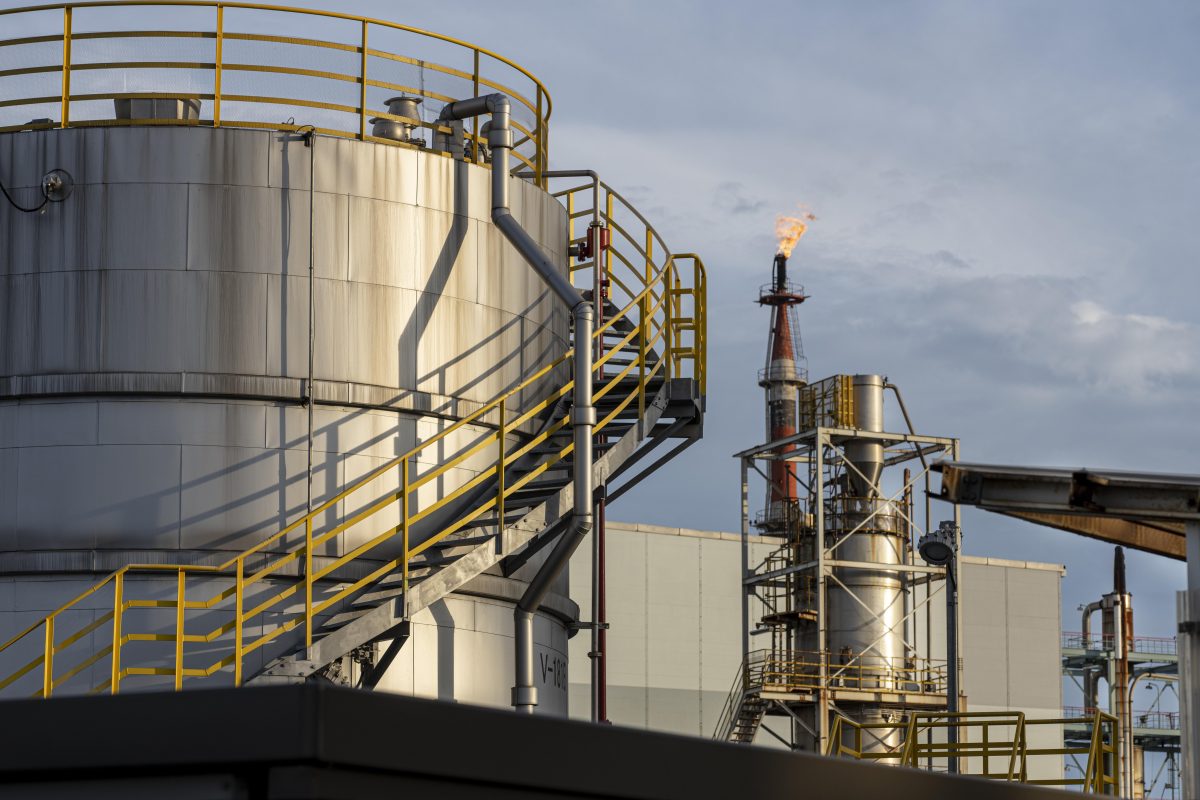In 2024, the crude oil and natural gas market navigated a complex landscape of controlled OPEC+ supply and variable demand, heightened geopolitical tensions, macroeconomic weakness, and a continued focus on energy transition. This resilience is reflected in the stability of oil prices: Brent crude oil prices exhibited a minimal average monthly change and a monthly range-bound movement between US$74 and US$90 per barrel in 2024, making 2024 one of the most stable years in the past 25 years.1 Globally, the oil and gas industry distributed nearly US$213 billion in dividends and US$136 billion in buybacks between January 2024 and mid-November 2024 (figure 1).2
By prioritizing high-return investments and maintaining a focus on production efficiency, oil and gas companies have worked to ensure robust financial performance and retained investor trust. Over the last four years, the industry’s capital expenditures have increased by 53%, while its net profit has risen by nearly 16%.3 In fact, oilfield services reported its best performance for the 2023 to 2024 period in the past 34 years.4 Additionally, some companies are engaging in increased investments in low-carbon technology projects to help balance the risks associated with the traditional oil and gas market. These investments will likely help companies position themselves as key players in the future energy landscape.
As 2025 begins, the market could be expected to experience interest-rate cuts, clarifying some of the previous uncertainty about the US Federal Reserve’s stance on rate cuts. In addition to the 75- to 100-basis-point reduction in 2024, the Fed foresees the scope for a total of close to 150-basis-point rate cut in 2025 and 2026.5 Moreover, some energy policy changes can be expected under a new administration following the 2024 US elections. Additionally, there is still global uncertainty regarding the trajectory of OPEC+ cuts and potential disruptions to energy trade flows. Despite these uncertainties, the oil and gas industry’s capital discipline, increasing customer centricity, and investments in new technologies are poised to drive a robust 2025. The following five trends are expected to play a significant role:
- The Permian Basin: Repositioning for growth
- Oilfield services: Emerging from the shadows
- National oil companies: Breaking barriers
- Refining and marketing: Navigating under uncertainty
- Global energy policies: Government priorities to come into play
Source: Energy & Industrial, Published: 3.1.2025,



